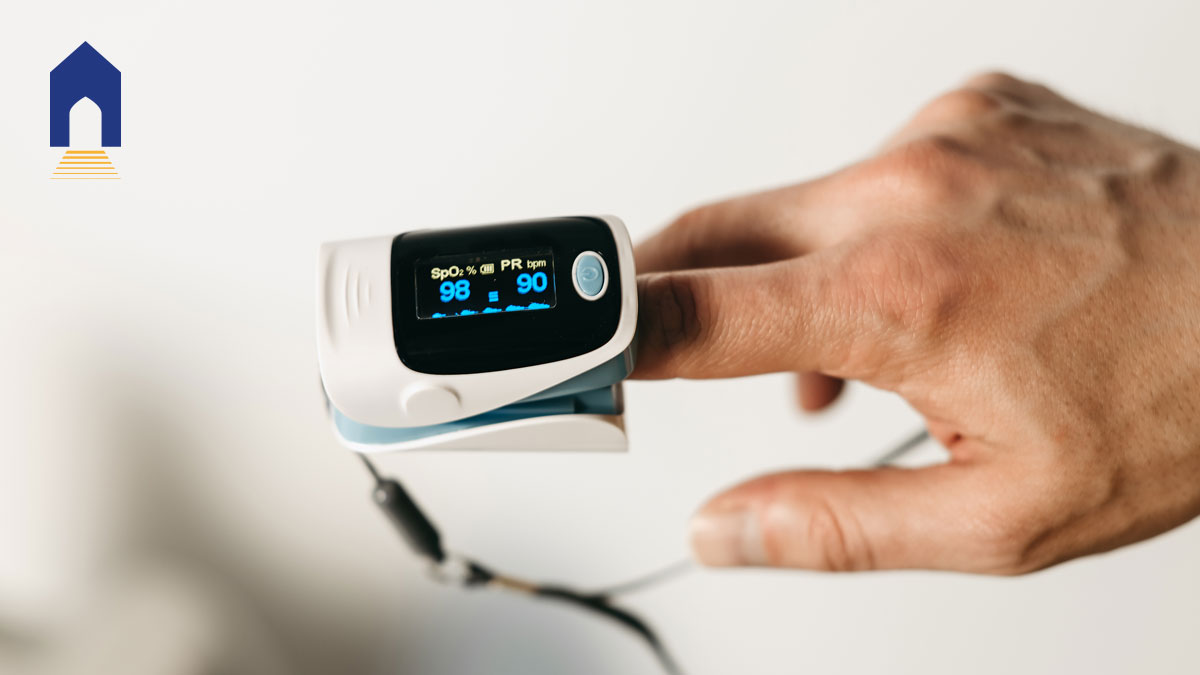Pre-launch market research is well-established in the pharmaceutical industry, but perhaps less so when it comes to diagnostics and medical devices. Yet these products have a huge financial impact on healthcare systems and in many cases must still go through a health technology assessment (HTA) decision-making process.
Healthcare organisations must make decisions at the local level as to whether to invest in a new technology or diagnostic process. Those decisions must still go through the whole healthcare system, patient pathway and resource usage process.
While pharmaceutical companies have divisions dedicated to market access, it’s less certain whether smaller medical technology and devices companies know who the decision-makers are, or how such purchase decisions are weighed. They might not necessarily know how to get their products into use within healthcare systems, and what value propositions they need to offer and demonstrate to get that access.
As an example, let’s take a new laboratory test with a scanner or technology platform to interpret those test results. Decision-makers will want to see validation of those tests and compare them against those already on the market while making their procurement decisions. The manufacturer of that product, therefore, needs to understand what data is going to be valuable and what argument will be most persuasive when presenting their case to decision-makers in that market.
Winning over the stakeholders
While, clearly, it’s important for the makers of medical devices and diagnostics to win over the clinicians who would use their product, there are more immediate hurdles to overcome. First, there are the payers who will evaluate the technology or device, who will consider:
- whether it's right and cost-effective for their system
- whether it fits within the context of their clinics, including the resources (staff included) available to run those technologies
- what training might be required to enable clinical staff to use the devices or technologies
- what maintenance costs might be incurred
- any infrastructure upgrades that might be required to run the new technology or device
- any clinical efficiencies that may benefit the system
To better understand the needs of the buyers of their products, manufacturers need to get market research-based feedback from those payers and decision-makers. They need to gain insights into what challenges the healthcare system faces, what the unmet need is and how their solution might help to either address those unmet needs or address some of the challenges health systems have with their current technologies.
It is these decision-makers who are best placed to consider all the aspects of the system and make a holistic decision as to the overall impact of a new technology.
Consider the market needs
When developing a new device or technology, it behoves manufacturers to consider the needs of the market and assess how they can tailor their proposition to meet that market. That means understanding the needs of that market. What are the critical factors that a healthcare system is considering when making purchasing decisions? Is it purely on cost or is it about that bigger impact on the potential resource usage or resource savings? What is the golden ticket for that market that will really resonate with them?
The answers to those questions can be gained through good, thorough market research. This is where manufacturers gain a sense about what their value is and what their unique selling points are for their product.
To gain those insights, good market research would involve qualitative interviews around a new product profile as well as testing and validating marketing and sales messaging with audiences across different markets. Will those messages resonate? Are they meaningful? Is the terminology hitting the right mark? What purchasing models might appeal, or conversely not be seen as appealing, and why?
Having the right insights and outcomes data for a medical device or diagnostic is as important as it is for a pharmaceutical product, because payers need to know that what they're paying for is going to deliver them what they need in the most efficient way - both in terms of its functionality and its resource requirements (staffing and financial).

